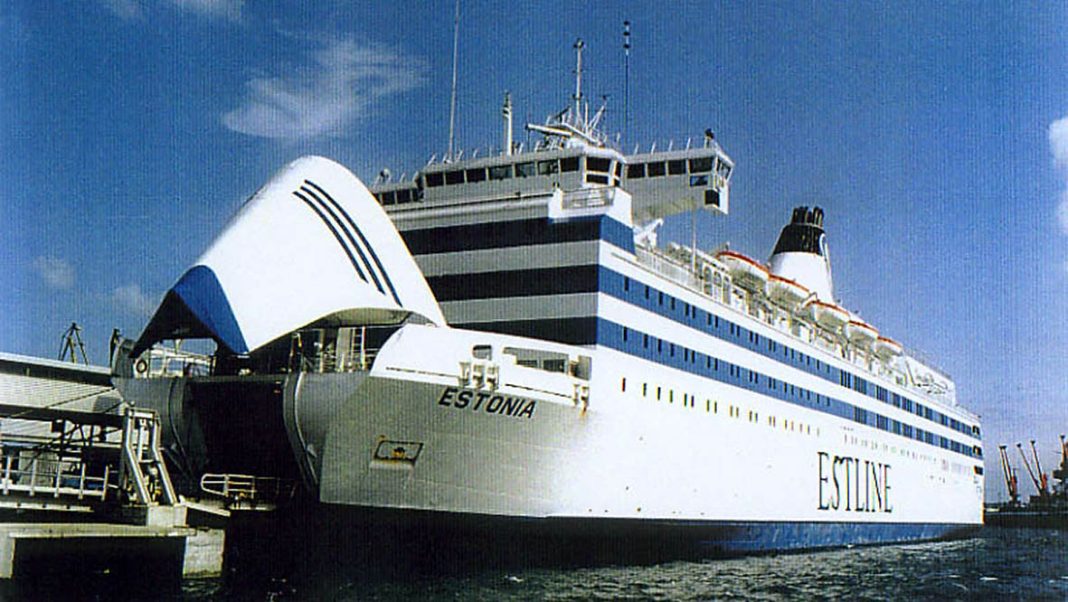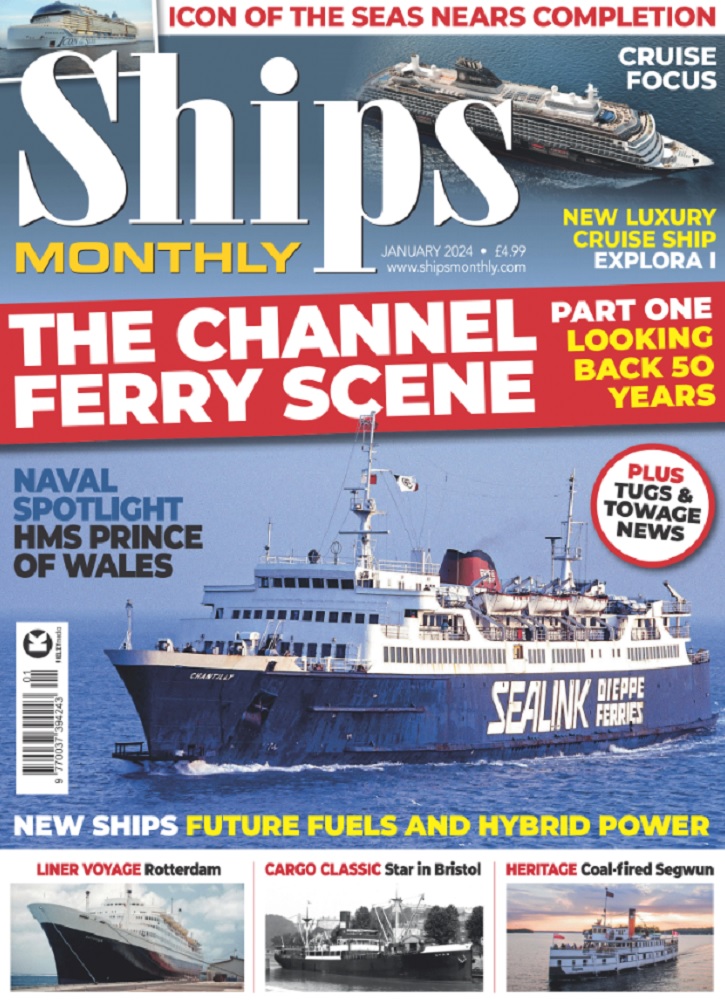A new investigation into the sinking of ferry Estonia that claimed 852 lives in 1994 revealed flaws in its bow visor construction missed during its certification.
If the necessary examination had been carried out, the Estonia-registered ship would not be approved as seaworthy to serve the Tallin-Stockholm route it operated, investigators from Estonia, Finland and Sweden told a news conference in Tallinn in January 2023.
In 1997 an official investigation into Europe’s worst peacetime maritime disaster since World War Two concluded that the roll-on, roll-off ferry sank on a stormy Baltic Sea after a bow shield failed, damaging a bow ramp and causing the car deck to flood.
However, a Discovery Network documentary aired in 2020 showed underwater images of holes in the Estonia’s hull, prompting Sweden, Estonia and Finland to launch a new survey of the wreck lying in shallow Finnish territorial waters.
“If the inspection, following regulations, had been carried out, the flaws of the visor construction could have been discovered and the accident would probably not have occurred”, the presentation of the new probe’s findings said.
The holes discovered in the hull were likely caused by the impact on the vessel on the sea bottom, said Rene Arikas, Estonian Safety Investigation Bureau director, rather than have caused the sinking.
“We do know that when she sank, she didn’t have bow visor, she didn’t have the ramp. But so far we have not found any damages (to the hull before sinking) other than that in the bow area”, said Risto Haimila, chief marine safety investigator at the Finnish Safety Investigation Authority.
Before the final results of the probe are announced, the investigators will raise Estonia’s bow ramp to examine the damage, take samples from the hull area, survey the inside of the ship, and conduct interviews with the survivors, he added.
The ferry was sailing from Estonia’s capital Tallinn to Stockholm, with 803 passengers and 186 crew on board, when it sank in stormy weather shortly after midnight on 28 September 1994.
Speculation about the causes of the sinking has included a collision with a submarine and an explosion inside the ship, but the new probe so far has not found any evidence of an explosion in the bow area or a collision with another vessel or a floating object.


